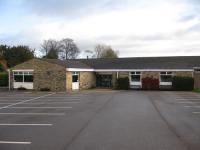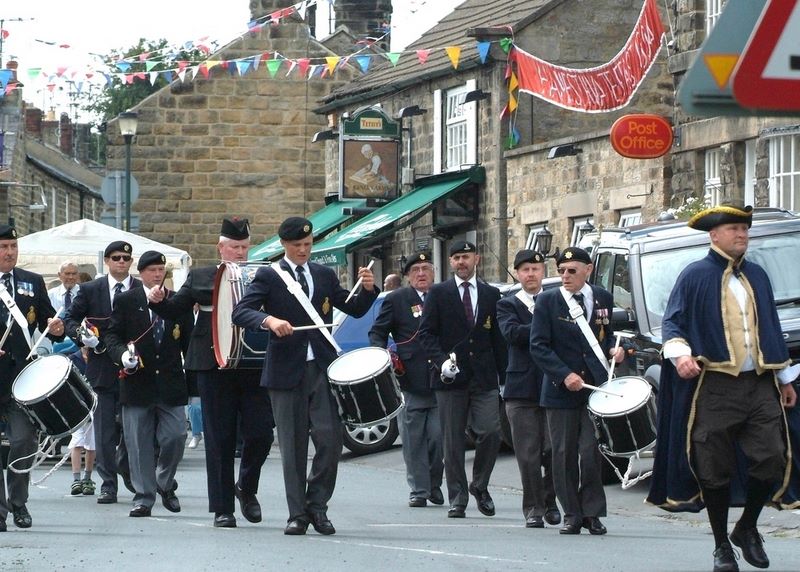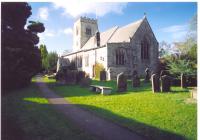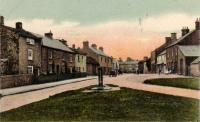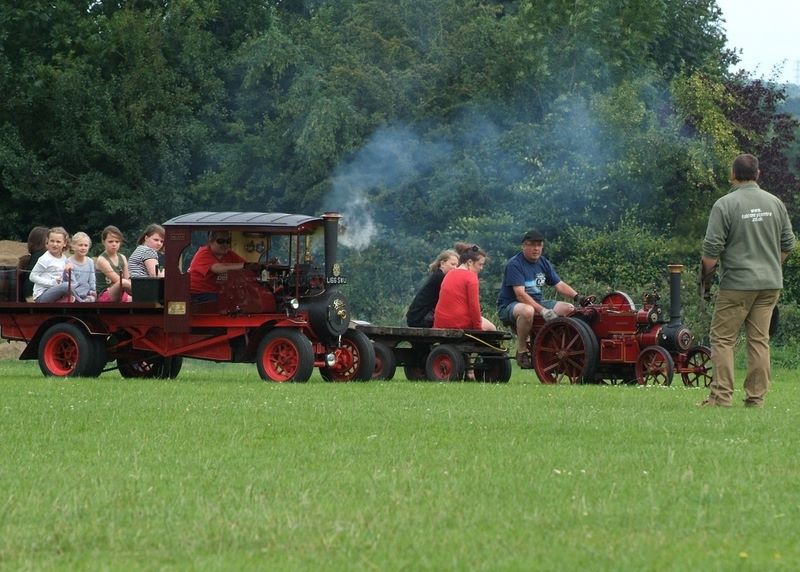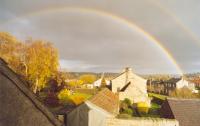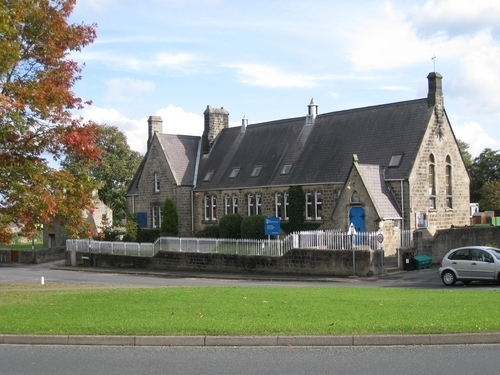Recent articles
© DT Online 2010 - 2025
| Hampsthwaite BridgeIn its Conservation Area document published 2009 Harrogate Borough Council says "Hampsthwaite Bridge offers an imposing entrance to the village from the north, offering spectacular views across the River Nidd and up the side of this scenic valley. The bridge itself is of stone and has three segmental arches . . . . .in coarsed squared gritstone . . . . . Initially constructed in 1598 and rebuilt in 1640 with nineteenth century alterations to the parapet. The triangular cutwaters are chamfered at the top and closely set corbals support the overhanging parapet. The southern arch has been widened on the west side to allow a change in the road alignment." The bridge is Grade II listed. William Grainge writing in 1871 ("Harrogate and the Forest of Knaresborough") says . . . . ."The village of Hampsthwaite is situated on the southern side of the river Nidd, over which there is a narrow stone bridge of three arches; two brooks from each side of the village here flow into the river. The church is situate on the right hand, on a piece of ground at some period left by the waters of the Nidd. Like the other old churches of the forest, it is as near the outside of the parish as it is possible to place it. Viewed from the bridge in connection with the river, the village and church form a very pretty picture". A later writer in 1894 was Harry Speight. In "Nidderdale and the garden of the Nidd" he describes his approach from the north and says . . . . ."we soon descend upon the ample river again at Hampsthwaite. The scene here is very picturesque, though the old church looks dangerously near the river, the water at this point (which has now a wide and ordinarily shallow spread) having made evident recent encroachments. A protective wall, preventing a destructive side-wash, has been built, and this in conjunction with increased drainage and cultivation, reducing the power of floods, has doubtless saved the church from the fate that befell the old river-side church at Ripley . . . . .the Roman road from Aldborough to Ripley . . . . .crossed the river at this point. The paved ford has no doubt been long buried by the flood-gravel of 15 centuries. At Hampsthwaite, within view of the river and the ford, there was no doubt at that time a guard and post-house (taberna diversora) where passports were examined and where the public couriers might change horses, or despatch messengers in cases requiring special urgency." No mention of the bridge by Mr Speight! A local antiquarian writing in 1904 commented "Fred Barker (mason) of Hampsthwaite told me recently that the bridge at one time only had a very low parapet about 9" high (in one stone) and that his father had once seen a pig leap over this into the river when they were attempting to drive it across. Soon after this the existing parapet was built (by Barker)". The Yorkshire Roman Roads Project In 2014 excavations took place in Hollybank Wood, Ripley, on part of the Roman road from Ilkley to Aldborough. The work proved, finally, that the Roman road continued across the valley on precisely the same line as that of Hampsthwaite High Street and probably crossed the River Nidd some 300m downstream from the current bridge, somewhere near Bridge End Farm. See http://www.hampsthwaite.org.uk/622 for more. Walker’s “History and Topography of Hampsthwaite and Mid-Nidderdale” The bridge withstanding the flood-waters of 1968 . . . . .  Hampsthwaite Bridge is now closed to heavy vehicles!
HGVs have been banned from the bridge for about 20 years due to a number of accidents, including one when a lorry was left partially dangling over the parapet in 2001.HGVs have been banned from the bridge for about 20 years due to a number of accidents, including one when a lorry was left partially dangling over the parapet in 2001. - see https://www.bbc.co.uk/news/uk-england-york-north-yorkshire-65819558
Hampsthwaite Bridge In its Conservation Area document published 2009 Harrogate Borough Council says "Hampsthwaite Bridge offers an imposing entrance to the village from the north, offering spectacular views across the River Nidd and up the side of this scenic valley. The bridge itself is of stone and has three segmental arches . . . . .in coarsed squared gritstone . . . . . Initially constructed in 1598 and rebuilt in 1640 with nineteenth century alterations to the parapet. The triangular cutwaters are chamfered at the top and closely set corbals support the overhanging parapet. The southern arch has been widened on the west side to allow a change in the road alignment." |










